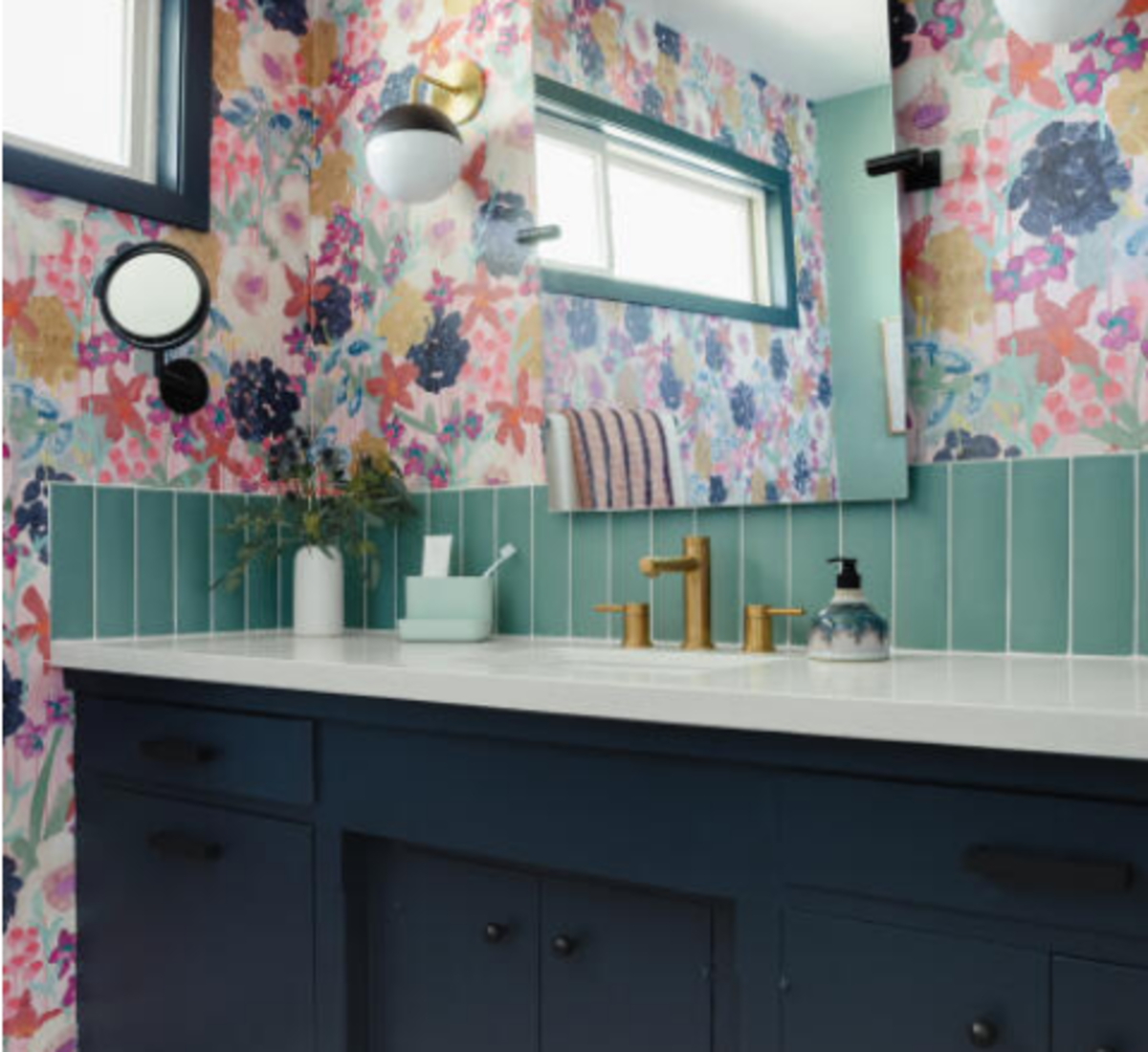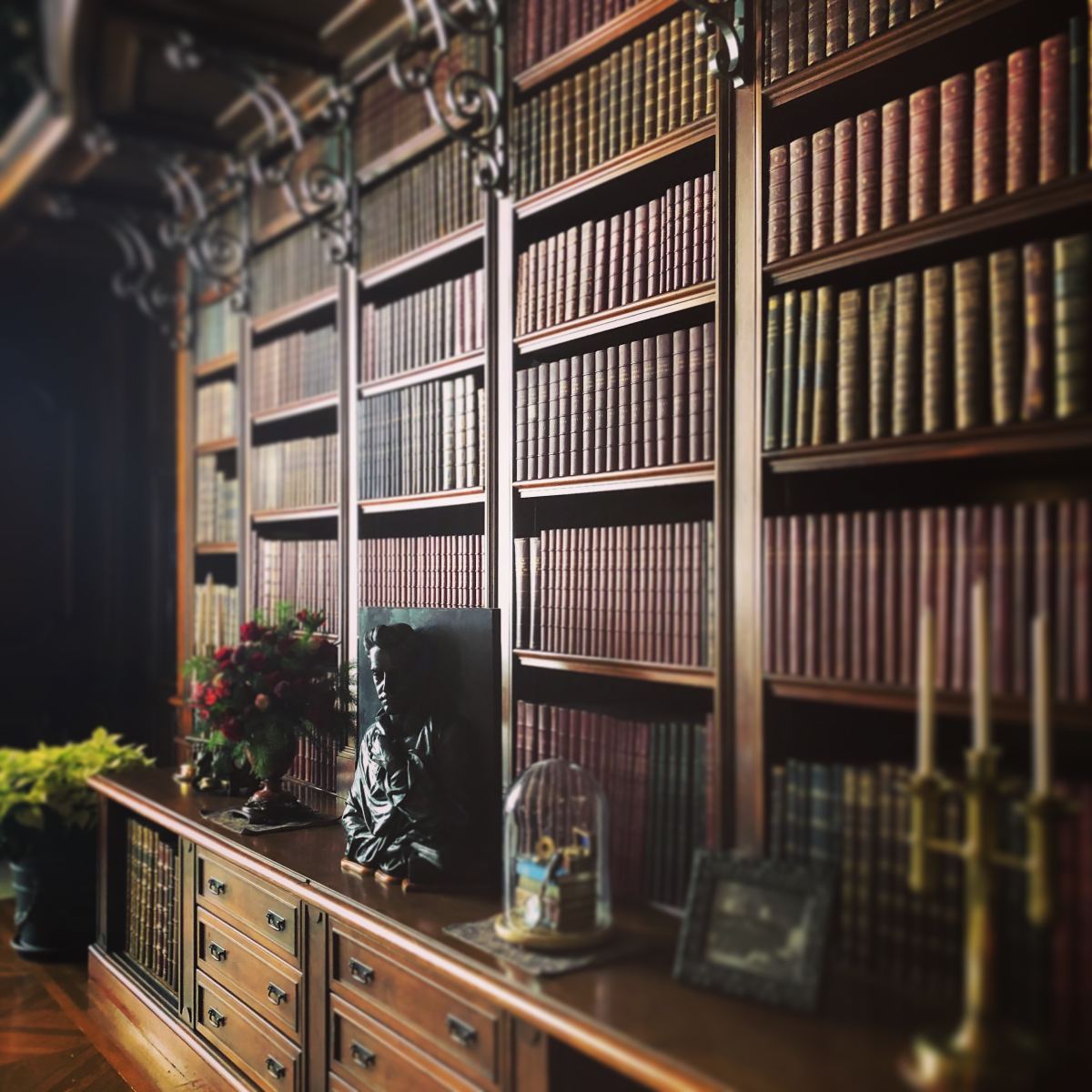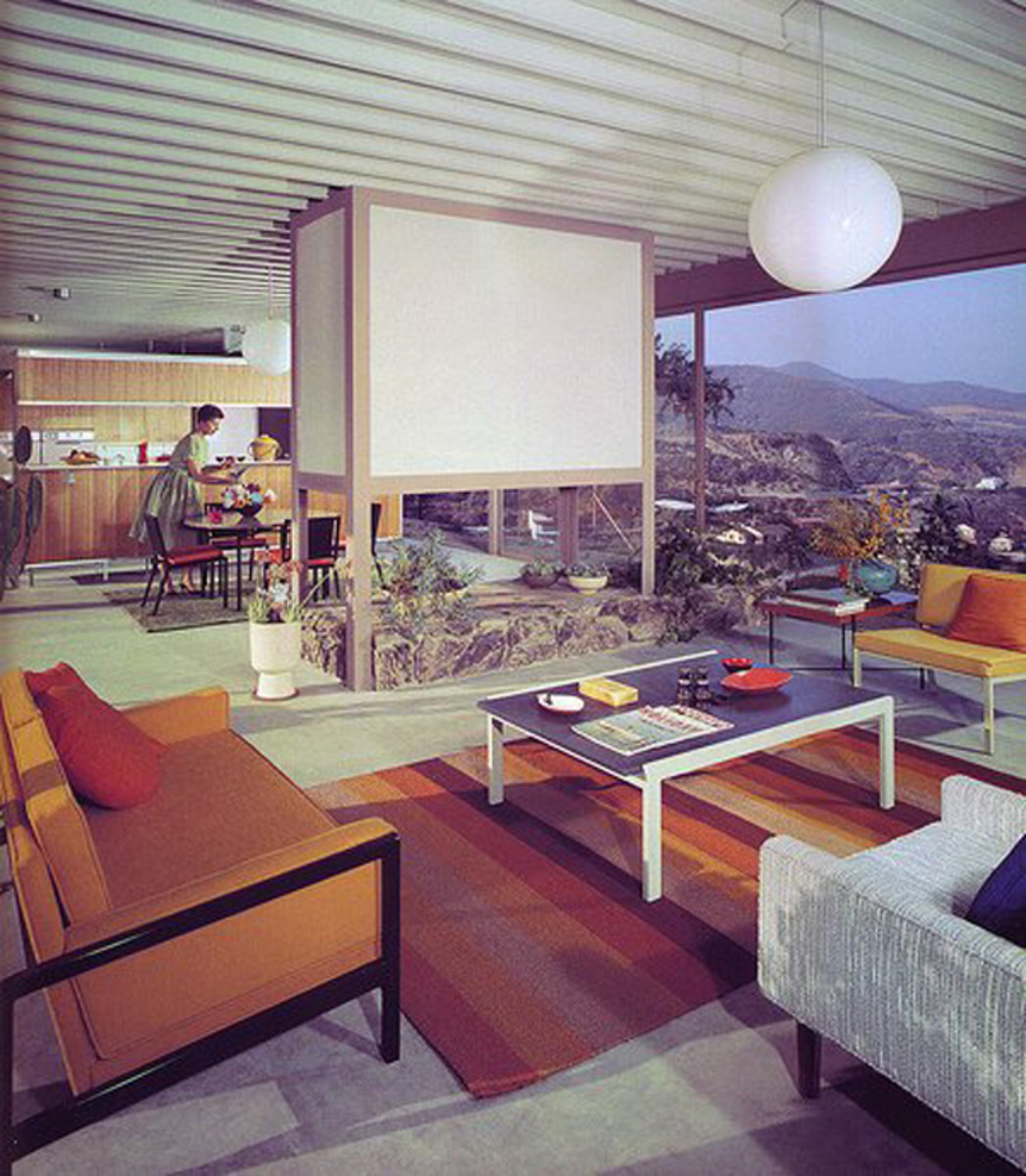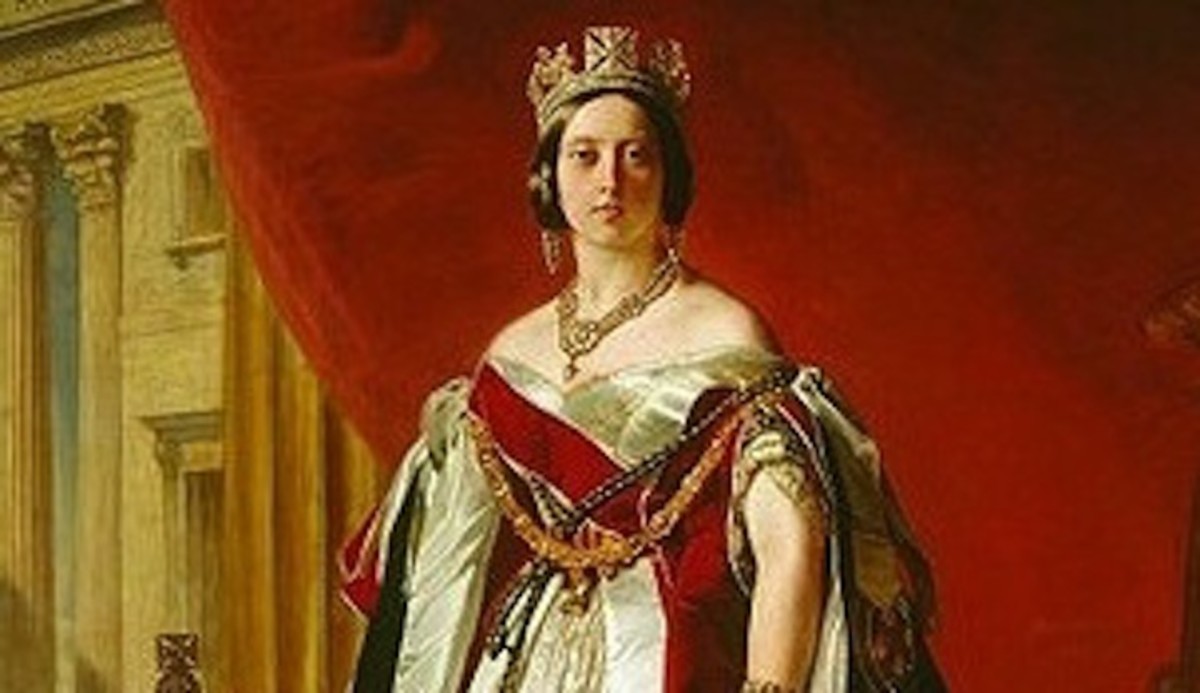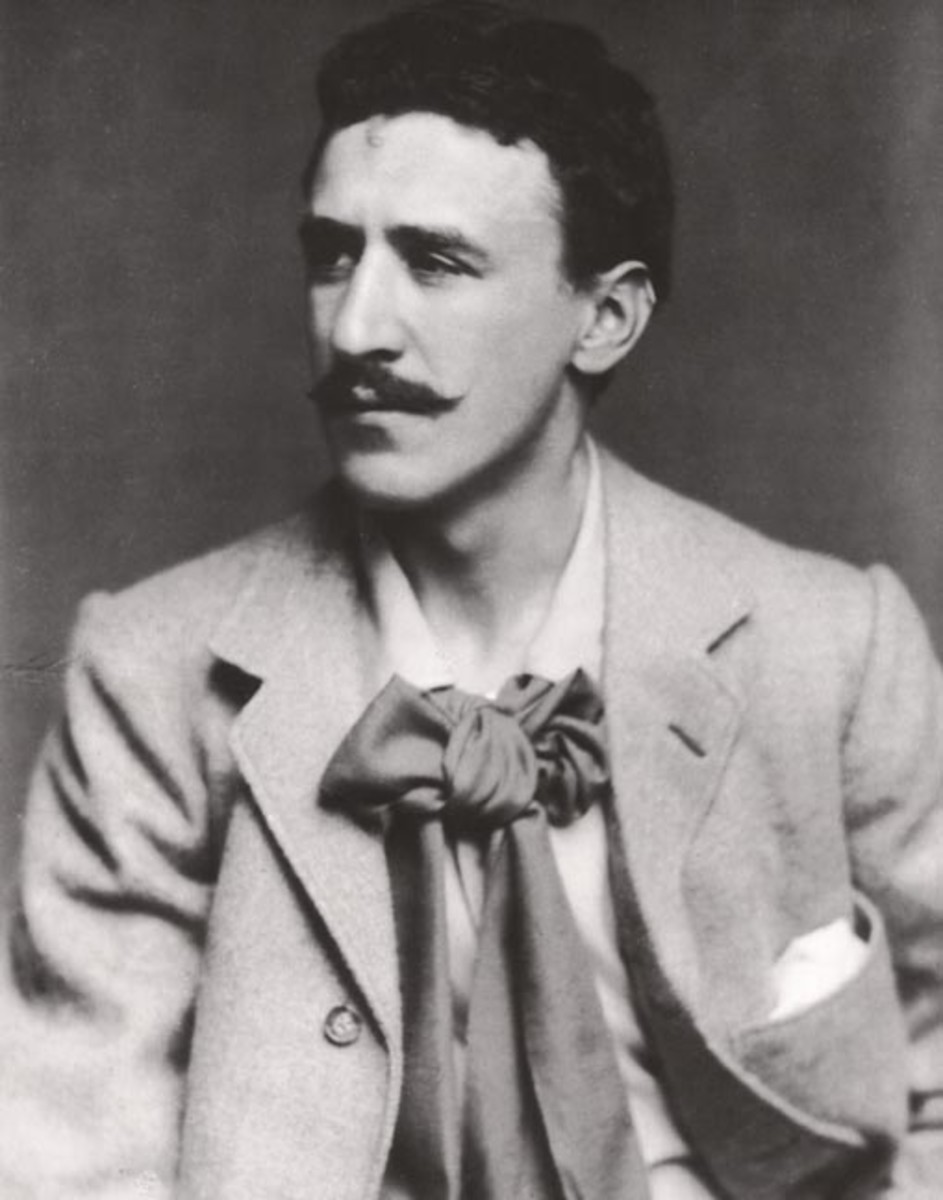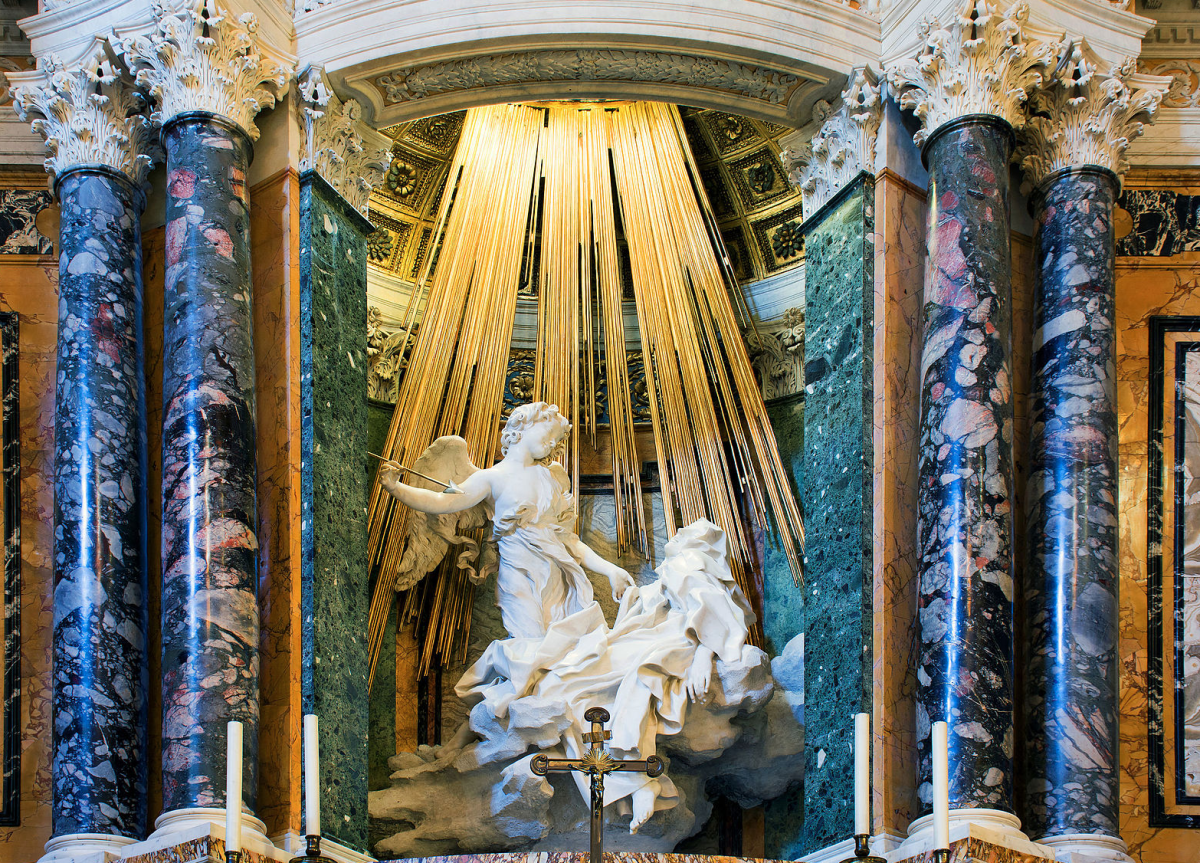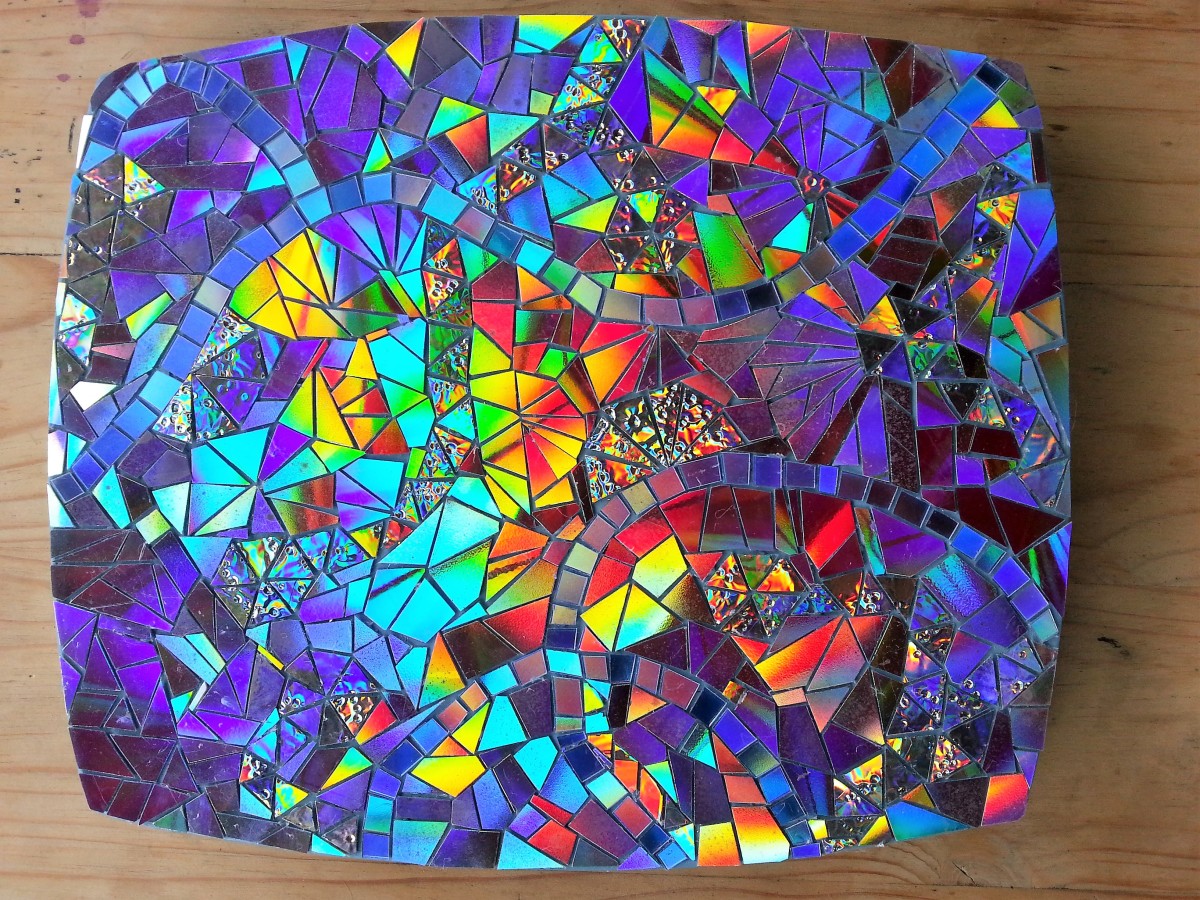- HubPages»
- Home and Garden»
- Home Decorating»
- Interior Design & Decor
Modern Interior Design Styles
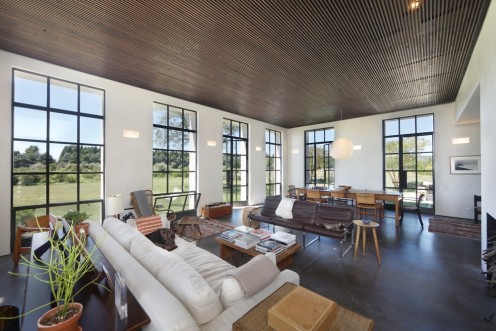
Modern interiors have been around for more than a century and are still favorites among those who appreciate sophisticated and minimal design. One thing that makes modern style timeless is the overarching principle which is form that follows function. The foundation of modern design represents shapes that relate to a specific purpose.
Modernism blossomed in the 1880s as a philosophical movement to encourage progressive and spontaneous thought which was completely at odds with the structured belief system carried over from the Age of Enlightenment. Soon the movement began to affect all facets of life including art, music, literature, architecture and interior design. Modern interiors began at the turn of the 20th century and peaked in the early 1960s.
Modern interior design grew in several directions making it difficult to define it as a singular style. Modern art movements including Fauvism, Art Nouveau, Cubism, Art Deco, abstract and Pop Art made a direct impact on home interiors. Several of the key characteristics were woven through every aspect of modern design such as minimal spaces, the use of plastics, metals and woods, geometric and organic shapes and bold accent colors.
Art Deco
Art Deco originated in France and was eagerly adopted by architects and designers worldwide. It was a sleek and chunky version derived from the stylized Art Nouveau movement. The optimistic and euphoric Roaring Twenties introduced the world to jazz, flappers, radio, mechanized industry, skyscrapers, modern travel and stylized Art Deco design. It was was born during the heyday of the 1920s and managed to survive the Great Depression and carried through the beginning of World War II.
Its luxurious whites, gleaming metallics, dramatic monochromatic schemes and tropical colors varied greatly based on geographic locations. At that same time interior color schemes were coming into their own thanks to the advances in paint, wallpaper and fabric manufacturing. Art Deco architecture and furnishings featured symmetry, parallel lines, grand curves and a streamlined profile with smooth, lustrous surfaces.
Geometric patterns could be seen in everything from textiles to metalwork, chrome and art glass. Poplar designs included harlequin, fan motifs, herringbone and chevron. Newly invented Bakelite plastic was used in home accessories and furniture as an inexpensive alternative to natural materials like ebony, marble and tortoiseshell.
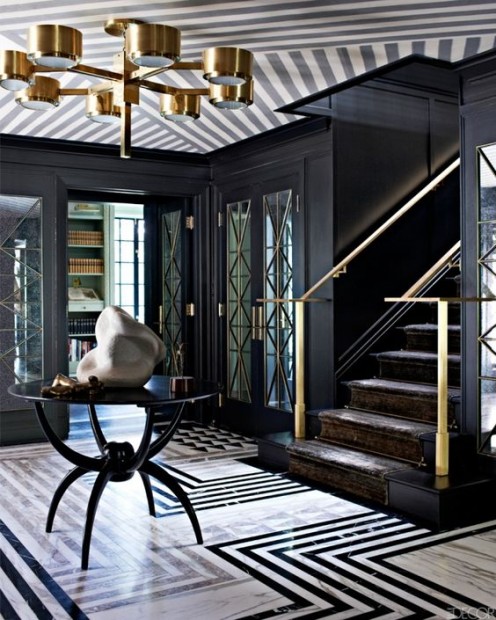
Bauhaus
Bauhaus style began as a school of art, architecture and design. Walter Gropius, the father of Bauhaus, founded the German school as the First World War was nearing an end. His mantra of form following function emerged from the Arts and Crafts movement, which was hitting its stride at the same time. As with new materials, developments in manufacturing and mass production of furniture it played a big role in creating this modernist interior style which lasted into the 1930s.
Bauhaus was all about classical shape minus ornamentation. It was an extremely efficient, functional and lean. One other core concept was the ability to maintain the authenticity of materials and design which was evident of the furniture style at the time. An iconic example is the Barcelona chair designed by Ludwig van der Rohe. It epitomized substance and design with its sleek tubular steel frame and tufted leather upholstery.
Curtains or blinds like the walls were typically white without embellishments. Nominal window treatments allowed abundant natural light to stream into open spaces. Colorful and graphic abstracts graced the walls, pillows and area rugs. Although accessories were based on organic forms and natural textures they were made with the latest materials and technologies. Organic accents were occasionally used to temper the modern feel.

Industrial
The bones of industrial structures incorporate structural beams, weathered wood, concrete floors, brick walls, exposed ductwork, electrical conduit and plumbing pipes serve as the foundation of industrial design. The style became popular when abandoned factories and warehouses were converted into residential lofts in the 1990s. The raw architecture and open concept spaces are highly coveted among urban dwellers.
You can incorporate a variety of these industrial design elements into almost any type of dwelling. The popularity of this deconstructed style has a total lack of pretense and has an aesthetic sense for reclaimed objects. The blue-collar quality of industrial style relates to a wide audience.
This style steers clear of expanses of bright, bold color and goes for a mix of neutral tones to warm up the cold elements. Shades of taupe look great with pops of white or black to amp up the modern vibe. Industrial steel cage pendants, tripod, pharmacy and task floor lamps light up these lofty spaces.
Polished concrete and salvaged wood are ideal flooring options. Recycled glass, stainless steel and soapstone create stunning counter surfaces for industrial spaces. Counterbalance hard surfaces with modern upholstered seating. Large-scale art pieces and gallery work well for dressing up expansive blank walls.
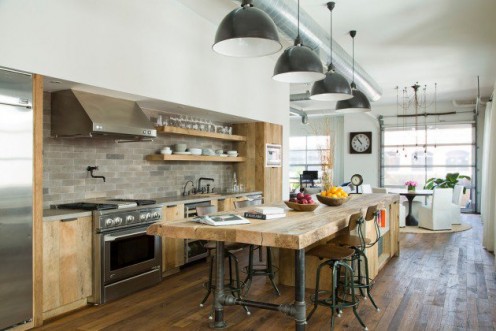
Mid-Century Modern
Mid-century modern style is a representation of modern design advancements, architecture and urban planning from the 1930s through the mid-1960s. During the late 1940s suburban tract homes sprung up across America featuring large picture windows, spacious floor plans and easy access to the backyard.
Clean lines, organic curves and contrasting materials characterize this design movement. Sprawling ranch-style architecture inspired mid-century furnishings and interiors. Low profile furniture pieces highlighted the beauty of natural wood and metals.
Graphic patterns and a varied palette of nontraditional colors included turquoise, citrus, pink, mustard and avocado complemented the latest furniture materials such as plastic, vinyl, glass and plywood. Popular accessories comprised starburst wall clocks, Sputnik chandeliers, shag rugs, ceramic animals and large porcelain lamp vases.
Danish modern furniture from the post-war period is immediately recognizable for its simple construction, leggy profile and simple lines. Teak wood tables, tufted sofas, stackable chairs and storage consoles are closely associated with mid-century modern interior design.

© 2019 Linda Chechar

